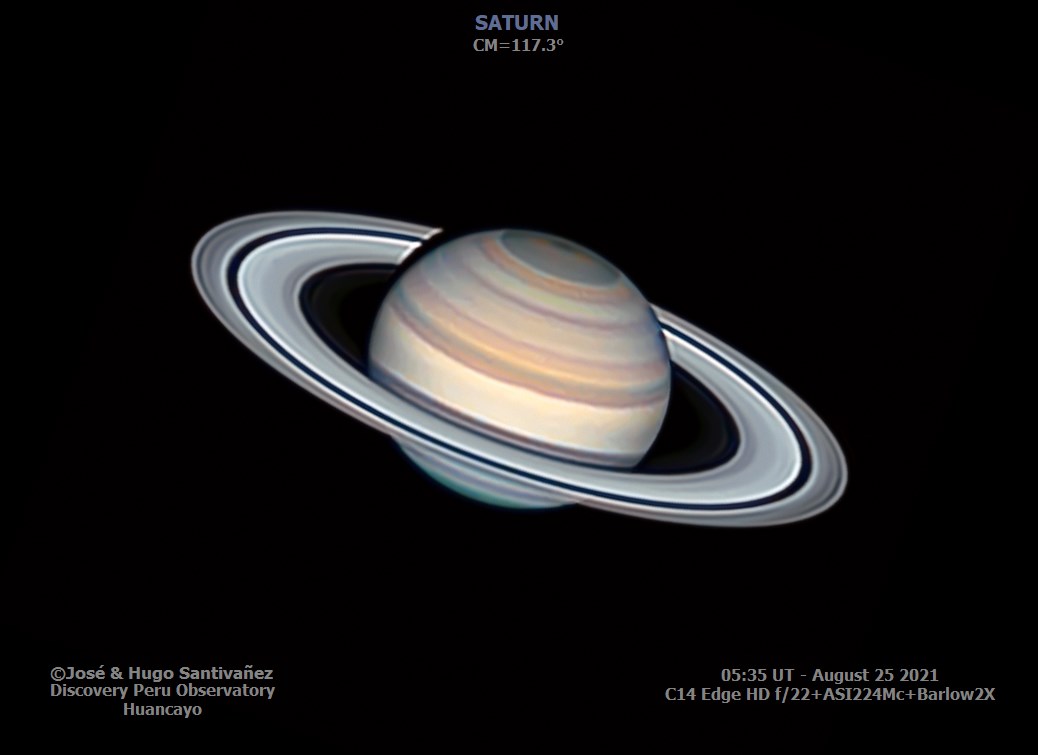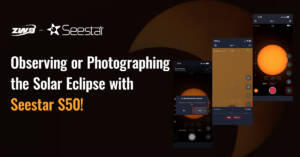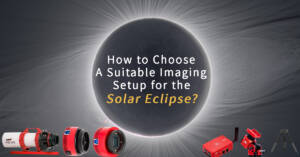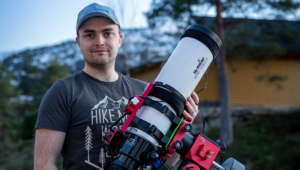
Discovery of the M31 [OIII] emission arc
Recently, a major discovery by an international team of amateur astronomers and scientists has become a huge online hit, and this new discovery is just located in one of the
Discovery Astrophotography with ZWO ASTRO

As is widely recognized, we have focused on astrophotography since September 2011, accumulating 12 years of expertise in the field. And we have consistently released groundbreaking products, from the ASI120 planetary camera to the first APS-C cooled CMOS camera for deep-sky imaging, as well as the Mini guide cameras and the game-changing ASIAIR. Moreover, showcasing even more innovation, the AM5 was introduced by ZWO during its 10th anniversary, and the recent release of the ASI2600MC Duo, the first dual-sensor camera combining imaging and guiding sensors. ZWO has also expanded its product lineup by introducing four APO telescopes, further strengthening the ZWO family. Additionally, the latest release, the smart telescope Seestar S50, brings niche hobbies to a wider audience.
Over the past 12 years, ZWO has been dedicated to category innovation, technological advancements, and creating brand value. It serves astronomy enthusiasts worldwide, with sales and supply coverage spanning the globe. ZWO has accumulated over 40 patents and software copyrights. Customers are spread in over 70 countries and regions, including astronomy photographers, experienced astronomers, observatories, research institutions, and more.
Today, let’s start with planetary cameras for planetary imaging!

The first target captured by new beginners is normally our Moon or planet in the solar system. Such a practice is called planetary imaging. Though the Sun and the Moon do not actually belong to planets, since they share common imaging methods, they are also included in planetary imaging.
ASI224MC is a great choice for new beginners to step into planetary imaging. This camera is suitable for Moon and Solar imaging, also produces great results when it comes to Saturn and Jupiter imaging. It can also be used as an all-sky camera or live camera to observe and monitor cloud cover, rain, meteors and other weather conditions.


Also, we recommend you ASI662MC.
The ASI662MC is an upgraded camera to the ASI462MC. The full well capacity of ASI662MC is 3 times larger than that of 462. Higher sensitivity to red and near-infrared (NIR) light. The ASI662MC adopts SONY STARVIS 2 CMOS sensor, featuring zero amp glow.





Author: HanLing
Equipment: CelestronC925 + TV2.5barlow lens + AVX Mount + ASI662MC + IR-C Filter
If you have the aspiration to go deeper into planetary imaging, then ASI678MC also be a camera you want to try.
The camera adopts Sony’s latest generation sensor IMX678 with excellent near-infrared response. With the advantages of large full well capacity, high dynamic range and low readout noise, this camera has been tested and found to have perfect performance in planetary imaging, Solar and Moon imaging.





If you have enough budget, we recommend you High-end camera ASI585MC. It can capture very fine details of the Moon’s surface, even the details of planets in low light conditions.
In addition to capturing planets, the ASI585MC can also be used to capture deep-sky imaging.
The ASI585MC is a great choice for astrophotography, offering a fantastic balance between planetary and deep-sky imaging. It’s a cost-effective option compared to other deep-sky cooled cameras.




The ASI432MM has 1.1″frame size, large FOV. The ASI432MM is an upgraded camera ASI174MM that is suitable for Solar and Moon imaging. ASI432MM is a great choice for Solar and Moon imaging.
Being a global shutter camera, ASI432MM also features a very high fps rate. Thus, it’s not only good for Solar and Moon imaging, also suitable for you to photograph ISS and other fast-moving objects.
The ASI432MM has a full well depth of 97ke, which is 3 times larger than that of ASI174MM. The larger full well depth provides the camera with stronger sensitivity. When we want to photograph the sun’s surface and solar prominence at the same time, a very good quality image can be obtained.



ZWO also has a wide selection of planetary cameras in different models, each with its own strengths. You can pick one based on your budget and preferences.
Act now! August is the ZWO Planetary Season Grand Sale. What are you waiting for? Grab the opportunity and get yours today!
https://astronomy-imaging-camera.com/product-category/cameras/planetary-cameras/

Recently, a major discovery by an international team of amateur astronomers and scientists has become a huge online hit, and this new discovery is just located in one of the

Hello Sandro, thanks for accepting our interview invitation. Congratulations on winning the ASIWEEK competition in week #24/2024! Q1: At first, congratulation that your nice image won #ASIWEEK. Can you introduce

Hello John, thanks for accepting our interview invitation. Congratulations on winning the ASIWEEK competition in week #25/2024! Q1: At first, congratulation that your nice image won #ASIWEEK. Can you introduce

Things you need to know about photographing the Solar Eclipse. A total solar eclipse is a spectacular and mysterious astronomical event in nature, not only sparking curiosity about the universe

The total solar eclipse in April 2024 is just around the corner. According to NASA, the next visible total solar eclipse to cross over the U.S. after April will come

Hello Jan, thanks for accepting our interview invitation. Congratulations on winning the ASIWEEK competition in week #23/2024! Q1: At first, congratulation that your nice image won #ASIWEEK. Can you introduce